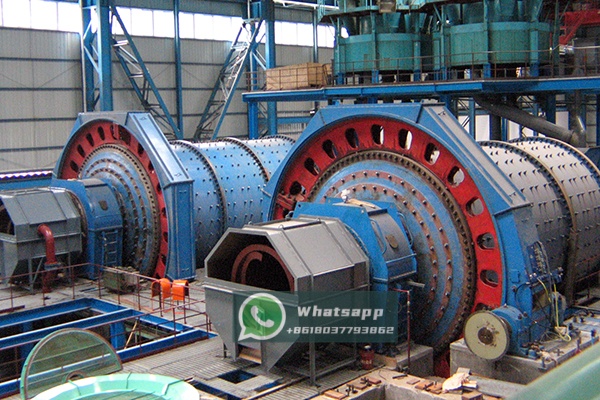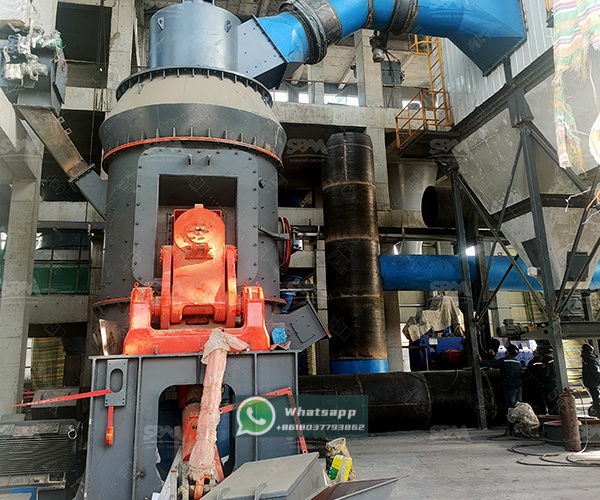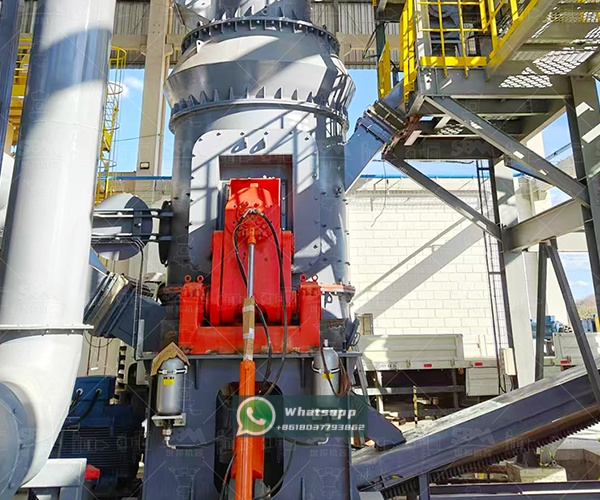The global cement industry faces increasing pressure to improve efficiency, reduce energy consumption, and minimize environmental impact. Modernization of existing cement grinding plants is no longer a luxury but a necessity to remain competitive and compliant with stringent regulations. Among various technological advancements, the adoption of vertical roller mills (VRMs) has emerged as a transformative solution for grinding circuit optimization. Shanghai Zenith Machinery Co., Ltd., an excellent manufacturer of ore grinding equipment in China with great achievements in ultra-fine powder grinding, offers state-of-the-art vertical mill technology that is redefining cement production standards.
Traditional cement grinding circuits typically employ ball mills or horizontal roller mills, which, while reliable, suffer from significant drawbacks in the modern context. These systems are characterized by high energy consumption, substantial space requirements, and complex auxiliary equipment layouts. Ball mills, in particular, consume approximately 30-50 kWh/t for cement grinding, with a considerable portion of this energy being dissipated as heat and noise rather than utilized for productive grinding. Furthermore, the particle size distribution achieved by conventional systems often lacks the optimal characteristics required for high-quality cement products.

The modernization imperative extends beyond mere energy efficiency. Plant operators must also address challenges related to product quality consistency, operational flexibility, maintenance requirements, and environmental compliance. Dust emissions, noise pollution, and water consumption (in the case of wet grinding processes) present additional hurdles that traditional systems struggle to overcome efficiently.
Vertical roller mills represent a paradigm shift in cement grinding technology. Unlike traditional ball mills that utilize impact and attrition principles through tumbling grinding media, VRMs employ a bed-compaction grinding mechanism. This fundamental difference translates into multiple advantages that directly address the limitations of conventional systems.
The working principle of a vertical mill involves material being fed centrally onto a rotating grinding table where it is ground by hydraulically pressurized rollers. The ground material is then transported by the airflow to a classifier integrated into the upper part of the mill. The classifier separates fine product from coarse particles, which are returned to the grinding table for further size reduction. This integrated approach combines multiple process steps—crushing, grinding, drying, classification, and material transport—within a single compact unit.
Shanghai Zenith Machinery Co., Ltd. has developed the LM Vertical Grinding Mill series specifically to meet the demanding requirements of modern cement production. This innovative equipment integrates five essential functions into a single machine, offering unparalleled efficiency and operational simplicity.
The LM Vertical Mill series is particularly well-suited for cement grinding applications due to its:

For cement plant modernization projects, Shanghai Zenith offers multiple configurations within the LM series to match specific production requirements:
| Model | Plate diameter (mm) | Capacity (t/h) | Output fineness (μm) | Max feed size (mm) | Main motor (kW) |
|---|---|---|---|---|---|
| LM130K | 1300 | 10-28 | 170-40 | <38 | 200 |
| LM190K | 1900 | 23-68 | 170-40 | <45 | 500 |
| LM280K | 2800 | 50-170 | 170-45 | <50 | 1250 |
For plants targeting high-value specialty cement markets or requiring ultrafine grinding capabilities, Shanghai Zenith offers the LUM Ultrafine Vertical Mill. This advanced mill builds upon the LM series foundation with enhancements specifically designed for producing finer products with tight particle size distributions.
The LUM series incorporates several innovative features that make it ideal for modern cement applications:
| Model | Main machine power (kW) | Capacity (t/h) | Size distribution D97 (μm) |
|---|---|---|---|
| LUM1525 | 220-250 | 1.6-11.5 | 5-30 |
| LUM1632 | 280-315 | 2.0-13.5 | 5-30 |
| LUM1836 | 355-400 | 2.3-15 | 5-30 |
Successful modernization with vertical mill technology requires careful planning and execution. Shanghai Zenith recommends a phased approach that begins with a comprehensive assessment of the existing grinding circuit, followed by detailed engineering, installation, and commissioning.
Key considerations for implementation include:

The adoption of Shanghai Zenith’s vertical mill technology delivers substantial economic and environmental benefits that justify the modernization investment. From an economic perspective, the significant reduction in energy consumption translates directly to lower operating costs, with typical payback periods of 2-4 years depending on local energy prices and production volumes.
Environmental benefits extend beyond reduced energy consumption to include:
A recent project involving the modernization of a 3000 tpd cement grinding circuit demonstrates the transformative potential of Shanghai Zenith’s technology. The plant replaced two ball mills with a single LM190K vertical mill, resulting in:
The success of this and similar projects underscores the viability of vertical mill technology as a cornerstone of cement plant modernization strategies.
As the cement industry continues to evolve toward greater sustainability and digitalization, vertical mill technology is poised to play an increasingly important role. Future developments are likely to focus on enhanced digitalization features, including predictive maintenance capabilities, advanced process optimization through artificial intelligence, and greater integration with plant-wide control systems.
Shanghai Zenith Machinery Co., Ltd. remains committed to advancing vertical mill technology through continuous research and development. The company’s specialization in the research, development, and production of industrial powder grinding equipment positions it as an ideal partner for cement producers embarking on modernization initiatives.
In conclusion, the modernization of cement grinding plants with vertical mill technology represents a strategic investment that delivers compelling technical, economic, and environmental benefits. Shanghai Zenith’s LM Vertical Grinding Mill and LUM Ultrafine Vertical Mill series offer proven solutions that can transform aging grinding circuits into models of efficiency and sustainability. As pressure mounts on the cement industry to reduce its environmental footprint while maintaining competitiveness, vertical mill technology will undoubtedly become the standard for new installations and modernization projects worldwide.